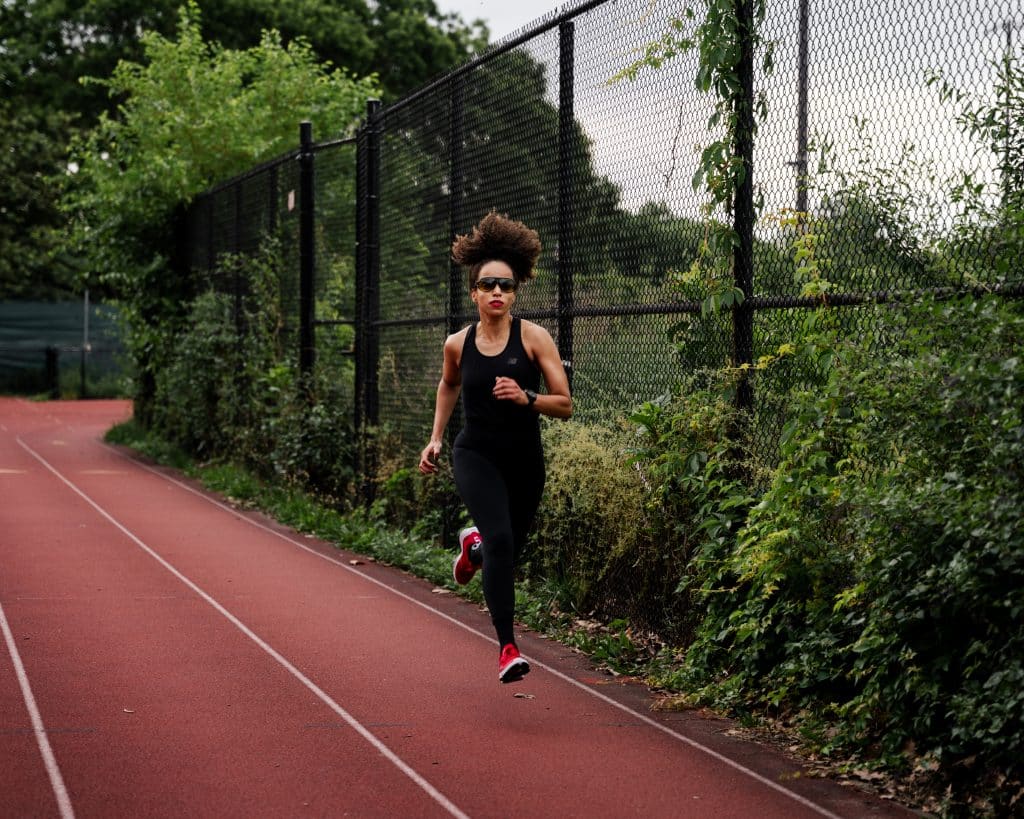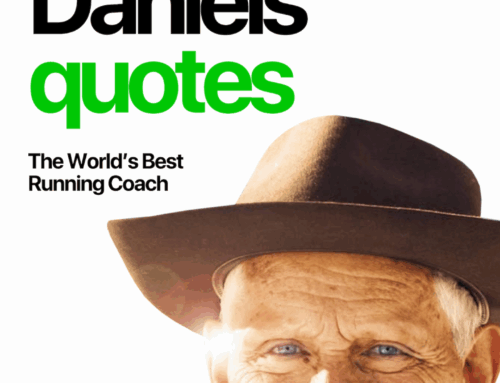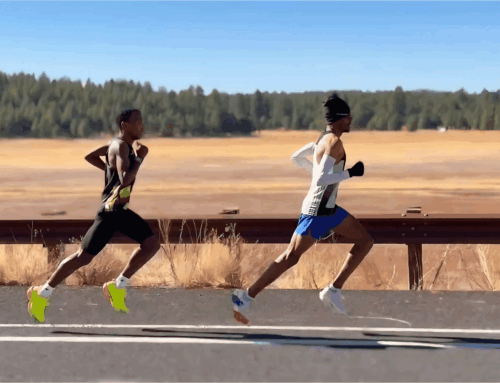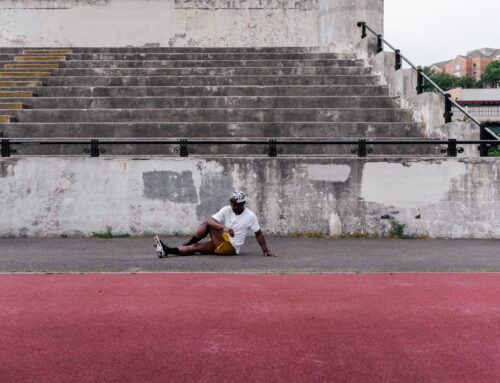
What is the purpose of this workout?
This is the one question every athlete and coach needs to answer on a regular basis. This question will dictate how much benefit you get in relation to the objective of the workout. It will guide how you warm-up, your target pace(s), mental strategy, terrain, fueling, etc.
For example, if the workout objective is to improve speed (E.g. Reps or Hill Repeats) you may warm-up longer and do strides before performing higher intensity running. The key to improving speed is running fast with good mechanics so extra emphasis mentally on your form, staying relaxed and taking longer time between workbouts is all required to get the maximum benefit from this type of training.
Another example of a workout purpose is to recover from a hard session. If that’s the objective using heart rate or having a strict speed limit and choosing a easier terrain/surface to run on is important. Or maybe the purpose is to practice simulating your race, so fueling, pacing and terrain should all be carefully considered beforehand in this case.
What works well for one person might not work well for another
A great lesson from Dr. Jack Daniels while coaching at Cortland University…
One of my female collegiate athletes entered the cross country season running personal best times, but as we added more quality to our program (to which everyone else on the team responded favorably), her performances started to decline. It didn’t take us long to realize that she responded better to steady long distance running she’d done in the summer. With a change back to that training she went on to have even better-than-usual seasons in her final two years of college.
The point is that each runner has unique personal strengths and weaknesses – you need to get to know your own training needs. When I was coaching Lisa Martin she got a positive feeling about doing 400m Repetition training despite the marathon being her primary event, whereas other marathoners I coached seldom included repeat 400s and felt better doing Threshold training.
Questions to help determine a runner’s individual training needs
- What is the runner’s current level of fitness?
- What is the runner’s readiness to train and compete?
- How many weeks are left to achieve a season’s best performance?
- How much time (hours per day) is available for training?
- What are the runner’s strengths and weaknesses, in terms of speed, endurance, VO2max, economy and reaction to different amounts of running (mileage)?
- What types of training does a runner like to do or what types of training does a runner respond well psychologically?
- What specific event is the runner focused on?
- How should periodic races fit into their training program and what are their current race commitments?
- What are the environmental conditions, facilities and other opportunities or conditions available to the athlete?
Get the latest edition of Daniels’ Running Formula and learn all about Dr. Jack Daniels’ coaching insights and methodology.





Leave A Comment